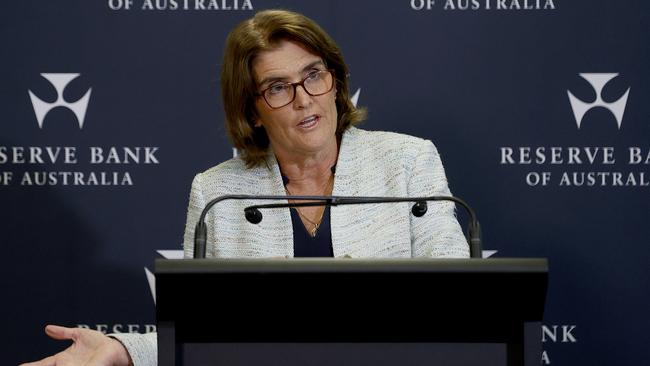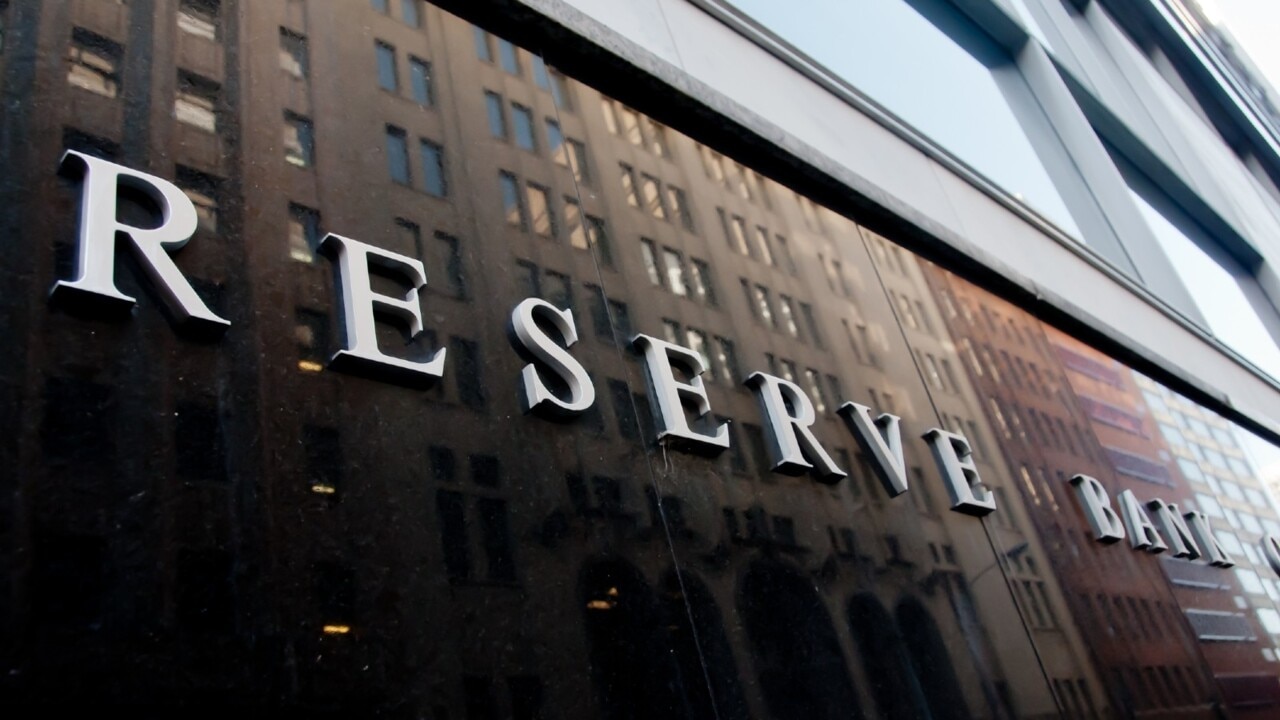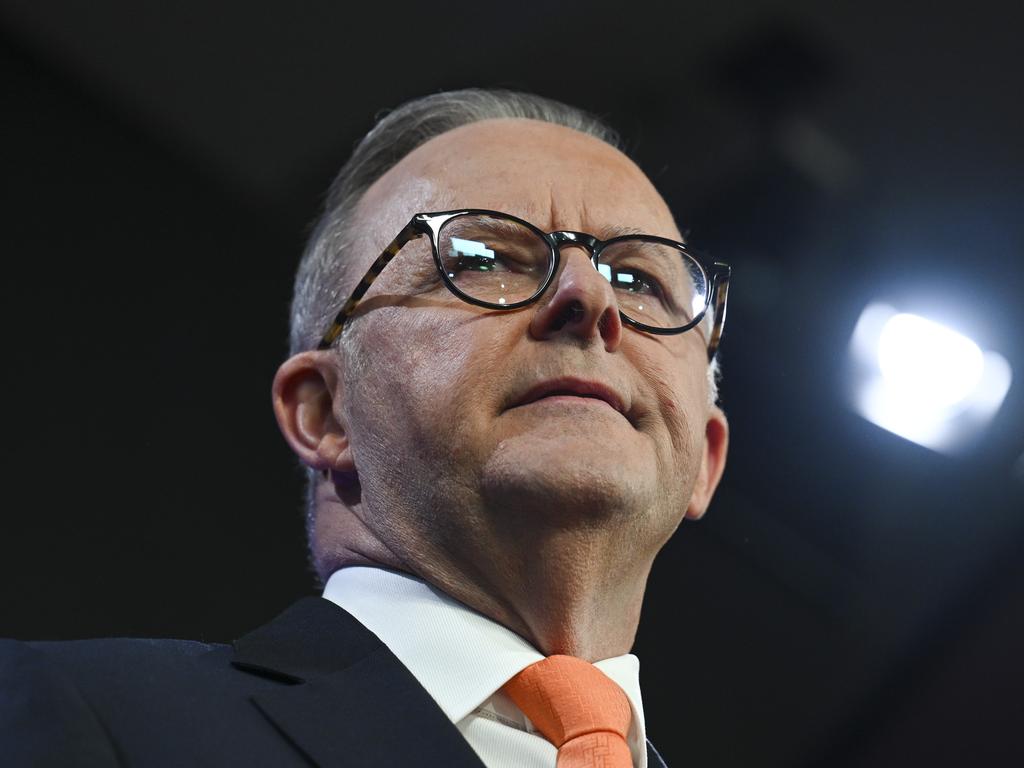Bullock declares all rate options are on the table as RBA walks narrow path to policy salvation


RBA governor Michele Bullock says “the inflation rate still has a 4 in front of it” and wants maximum flexibility to maintain policy rage until it’s back in the target band.
Nothing is in and nothing is out, Bullock declared, but the economists’ consensus is that the worst is over after 13 hikes in the cash rate target.
Markets have been charging hard for interest rate cuts, while home borrowers have also been hoping for mortgage cost relief some time later this year to go with their tax cuts from July 1.
As it enters a new era, the RBA board is adamant it will raise interest rates if circumstances demand.
We are in a tricky period, where the central bank wants to talk tough or sound “hawkish” as the money traders say. But it also can’t appear indifferent to the crisis in family living costs that is the scourge of every government now.
The RBA notes that one of the reasons the labour force participation rate is still near record highs, particularly for women, is due to cost-of-living pressures.
In her first post-meeting press conference, the governor dabbled with her predecessor’s imagery of being on the “narrow path” to salvation. We’re still ambling on it, she says, but risks abound.
Demand across the economy is still running ahead of its capacity to supply, especially for services, such as dining out, grooming, concert tickets, and housing.
As international agencies such as the IMF and OECD have warned recently, the worldwide slump in productivity amid a recovery in wage growth has produced a worrying rise in “unit labour costs”.
In its latest update, the OECD said the interest-rate pain might persist in countries such as our own.

“With core inflation still above target in most countries and unit labour cost growth generally remaining above levels compatible with medium-term inflation objectives, it is too soon to be sure that the inflationary episode that began in 2021 will end in 2025,” the OECD said on Monday.
In its quarterly statement on monetary policy, the RBA said “growth in unit labour costs remains too high, reflecting weak productivity outcomes” and was a threat to inflation.
Bullock confirms the crucial issue is productivity growth, the Achilles heel of Australia’s economic performance over the past decade. If growth in unit labour costs – that is, the extra cost to business of producing something – remains at the unsustainable annual rate of about 8 per cent, then all bets are off.
The RBA assumes in its forecasts that productivity growth will recover, but that’s a technical thing, rather than a core belief, although Bullock claims technological advances will help to restore our performance.
For the Albanese government, another RBA pause is also good news, as are the portents of a slight upturn in growth in household disposable incomes after tumbling in the post-pandemic era.
The but, and it’s a big one according to Bullock, is productivity.
Get that moving up and everyone wins; more slippage and the inflation pain becomes deeper for longer and that puts the great story on job creation in peril.






It’s business as usual at the refurbished Reserve Bank – inflation is still too high and isn’t expected to return to the middle of the target zone for a couple of years.